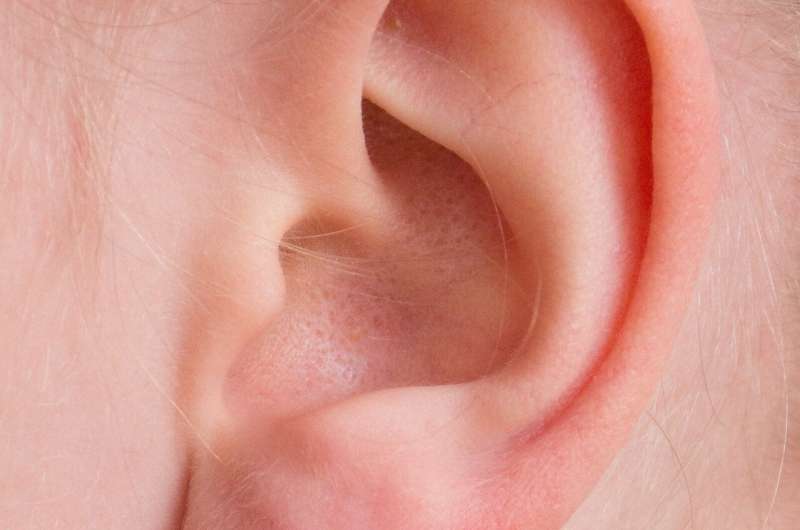Wealth, Wellness, and Aging: Addressing Socioeconomic Inequities for Healthier Later Life

As the global population ages, understanding the factors that promote healthy aging is more crucial than ever. While individual choices like diet and physical activity play significant roles, recent research underscores that socioeconomic status considerably influences health outcomes among older adults. A comprehensive study analyzing data from over 3,000 UK adults aged 50 to 90 reveals stark disparities linked to wealth. Wealthier seniors are nearly twice as likely to meet established wellness guidelines—such as engaging in at least 150 minutes of moderate exercise weekly and consuming five or more portions of fruits and vegetables daily—compared to their less affluent counterparts. These healthful behaviors are not merely personal preferences; they have profound implications for long-term health, including reducing risks of cardiovascular disease, diabetes, and cognitive decline.
Beyond physical health, lifestyle factors also impact mental well-being. The study found that depression is significantly more prevalent among lower-income seniors, with rates nearly three times higher than those in wealthier groups. Inactive individuals and those not adhering to healthy diets also demonstrate higher depression rates. Social isolation further compounds mental health risks, highlighting the importance of social engagement as part of holistic aging strategies.
Addressing these disparities requires policy-level interventions aimed at reducing barriers to healthy living. Accessible and affordable healthy foods, community-based exercise programs, and infrastructural support are essential in creating equitable opportunities for all seniors to age healthfully. Recognizing that health inequalities are rooted in broader social and economic factors is vital for designing effective solutions. Ultimately, fostering an environment where healthy choices are available and attainable for everyone is key to promoting well-being and resilience in aging populations.
Stay Updated with Mia's Feed
Get the latest health & wellness insights delivered straight to your inbox.
Related Articles
Understanding Why Sleep Difficulties Increase During Summer
Summer's extended daylight hours and higher temperatures can disrupt your sleep cycle. Learn how light and temperature influence summer insomnia and discover practical tips to improve your sleep quality during the warmer months.
Older Adults Can Regain Health and Thrive: New Research Highlights Possibility of Recovery
A groundbreaking study reveals that nearly one in four older adults can recover optimal health within three years, emphasizing resilience and the importance of lifestyle and psychosocial factors in aging.
Essential Tips for Staying Safe While Enjoying the Beach and Pool This Summer
Discover essential safety tips for enjoying the beach and pool this summer. Learn about rip currents, sun protection, pool safety, and weather precautions to keep your family safe during water activities.
Understanding Ear Seeding: The TikTok Trend for Stress and Fatigue Relief
Discover the facts about ear seeding, the trending TikTok therapy claimed to reduce stress and fatigue. Learn about its origins, potential benefits, safety, and the current scientific evidence.



